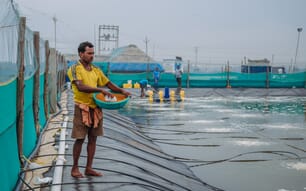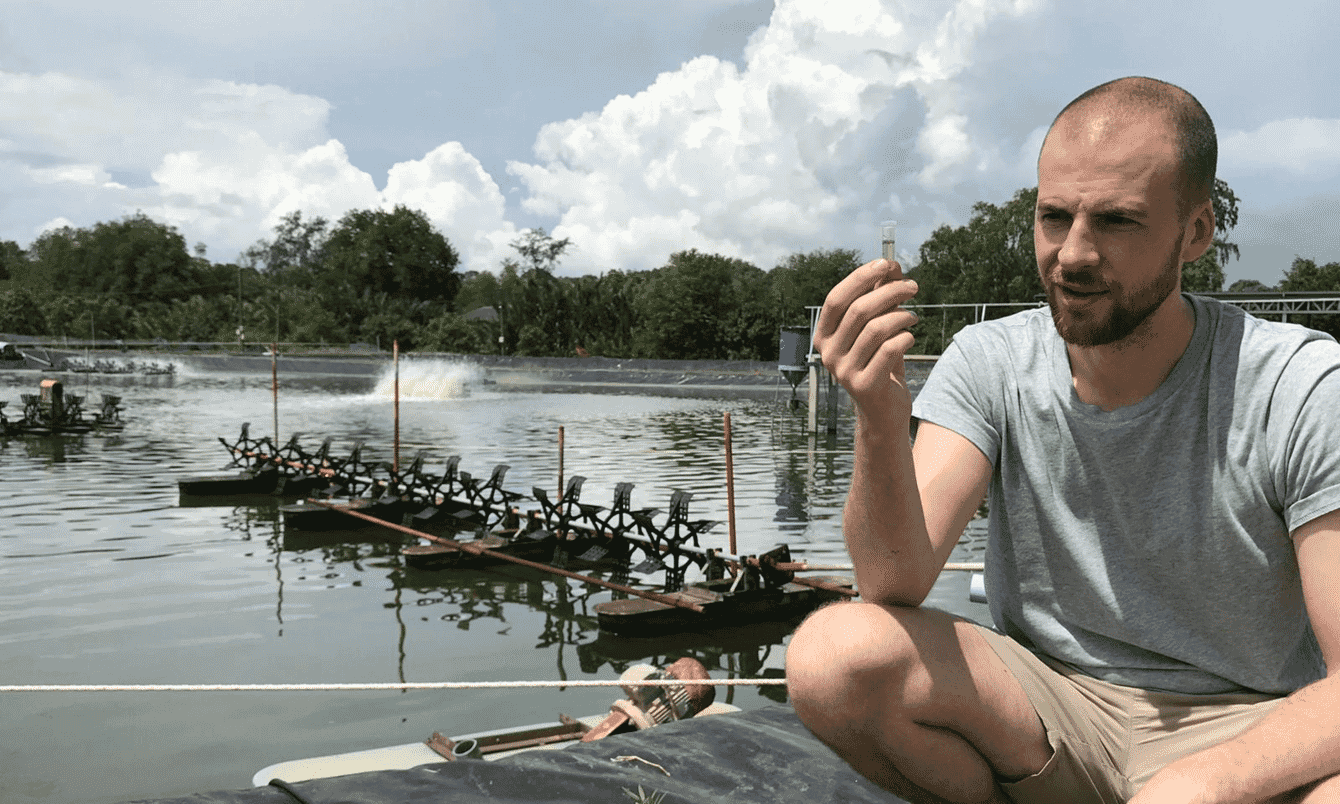
The company provides farmers with diagnostic assays to identify and detect disease-causing pathogens before providing custom feed additives that positively modulate the microbiomes of aquatic livestock to inhibit the growth of the pathogens detected © Esox Biologics
Can you tell me a bit about your background?
I was born in London, UK to an Irish mother and Canadian father. School holidays were spent in each country whereby I established my passion for fish, fishing and the aquatic world. Every day would be spent by the water: watching trout rise, hunting for crayfish or trying to lure an elusive musky from the depths of a pristine freshwater lake.
What inspired you to start looking into aquatic pathogens?
I trained as a microbiologist, working for ten years in companies and research institutions in France, Netherlands, UK, Japan and Argentina. Each lab was developing novel biotech solutions to treat diseases in humans or improve industrial processes. I had been learning and helping to develop so much fascinating technology but never lost my passion for fish and aquatic worlds. Having seen first-hand the power of modern biotechnology, I wanted to know if its application to aquatic veterinary medicine could also improve the welfare of aquatic animals.
What products and services are the company offering?
At Esox Biologics we have a mission to prevent the spread of infectious diseases among aquatic animals. We do this by providing diagnostic assays to identify and detect disease-causing pathogens and we then provide custom feed additives that positively modulate the microbiomes of aquatic livestock to inhibit the growth of the same pathogens we detect.
What makes these stand out from traditional means of assessing disease risks and mitigating these risks in aquaculture facilities?
Our diagnostic services differ from conventional products because we harness next generation sequencing technologies and leverage the science of metagenomics. Conventional diagnostics such as qPCR assays, detect only known pathogens and offer a binary output (pathogen present/absent). Histology may identify pathology but offers little insight into culprit identification.
Our metagenomics service reveals the total population of microorganisms within a sample. Ninety percent of aquatic microorganisms are unclassified – which means they’re undescribed by science. Our metagenomic platforms identifies all organisms and characterises them taxonomically and identifies potential pathogens from their unique DNA sequences.
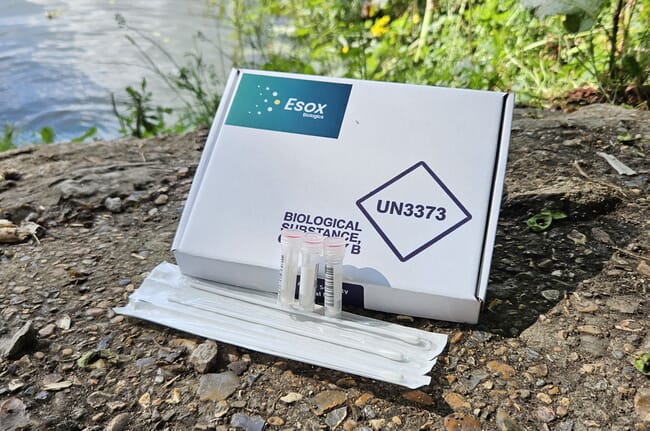
Esox's aquatic diagnostics harnesses the power of metagenomic sequencing to decipher the complexity of total microbiomes from a single sample © Esox Biologics
How can farmers use your products and services to help to prevent disease outbreaks?
Our diagnostic services are being implemented in surveillance programmes. Producers send us samples they collect on a regular basis and use the resolved microbiome data to infer how their current husbandry tactics may be improved and how the environmental conditions on their farm influence both positively and negatively the farms’ microbiomes and, therefore, the disease threats.
Our line of pathogen-inhibiting prebiotics are not yet commercially available but will be incorporated into existing feed formulations and applied directly to the animals, with no change in practices by the producer.
Why is metagenomic analysis particularly useful for RAS operators?
RAS operators rely on biological filters to recycle and sequester harmful waste products that accumulate throughout a production cycle. These biofilters are purchased commercially and are comprised of microbes with known metabolic capabilities. RAS producers use biofilters but currently have no insight into how these microbial communities fluctuate over time and how these fluctuations affect their livestock or the physical and chemical properties of the water. Currently, biofilter health is measured by proxy, monitoring ammonia levels, for example.
RAS producers are using our metagenomics service to monitor their biofilter microbiomes over time and correlate this data with their production data to gain valuable insights into how they may improve their practices.
Are there any other elements of the aquaculture industry that your products/services would be most suitable for or are they suitable for all scales, budgets and species?
Our expertise is aquatic microbiology. All aquatic environments – whether indoor, inland, or offshore – have microbiomes. Our technology is applicable to all production formats; we have clients producing molluscs in RAS, finfish offshore, finfish inland with raceways and RAS farms, and crustacean producers using lined ponds.
What have you learned from trials of your technology?
The most valuable insights our trials have revealed is that in every single aquatic environment, over ninety percent of the microorganisms are unclassified. We exist at the precipice of biology’s next frontier: the uncharacterised majority of aquatic microbes.
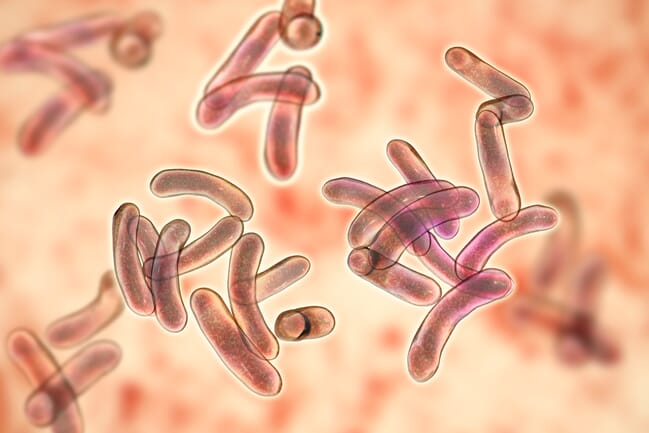
Ninety percent of aquatic microorganisms are unclassified, but Esox's metagenomic platforms identifies all organisms and characterises them taxonomically before identifying potential pathogens from their unique DNA sequences
What feedback have you had from early industry adopters?
The farmers using our services have limited time for complex sampling procedures, so we have drastically simplified our sampling strategy, and they also have less concern for the microbiological detail and more concern about actionable insights that may be obtained from this. We have adapted our reports accordingly, to ensure that farmers gain the most useful and applicable information.
Meanwhile our early veterinarian adopters want as much data as possible and are excited by the capacity of metagenomics to bridge the gap that currently exists between molecular diagnostic assays and visual histology-based assays. A histological examination may reveal pathology, but if the pathogen has never been characterised, it won’t be detected with the usual line of qPCR assays. Metagenomics reveals the culprits currently not accessible by conventional diagnostics.
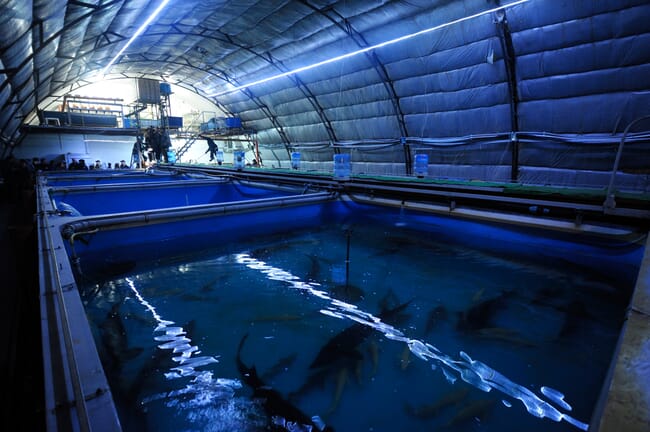
RAS producers are using Esox Biologics' metagenomics service to monitor their biofilter microbiomes over time and correlate this data with their production data to gain valuable insights into how they may improve their practices
How quickly can farmers expect a return on their investments if they use your products and services?
If the client wants to identify a potential pathogen that current assays cannot, the return on investment is immediate. If a client wants to know how the microbiomes in their production facility is affected by their husbandry methods, feeding regime or treatment strategy, they will have to wait for the full production cycle to be complete or the full sampling period to conclude before they can cross-correlate the metagenomic data with their production metadata and yield insightful conclusions. Regardless, an investment in metagenomic surveillance now yields actionable insights for next year’s production.
How do you see the company evolving in the coming years?
Our products will become more customisable over time. As we continue to gather more data on aquatic microbiomes, we will be able to yield more unique insights to those production sites, whether that is unique diagnostic assays to detect pathogens only present on specific farms, or to develop unique prebiotics that modulate the pathogens found within the microbiomes of specific livestock.
How has the company been funded to date and do you have plans to raise further funding?
Our company is backed by venture capital and is now generating income through our diagnostic services. We expect continued growth as more clients adopt our services and experience our value, increasing farm yields by improving animal welfare.




